Normally when you think of a V12 engine, you probably think of something from Ferrari or Lamborghini.
But did you know that between 1960 and 1965, GM made a V12 engine of their own? And not only that, it was the size of two Ferrari 599 V12s combined.
How the Engine Came to Be
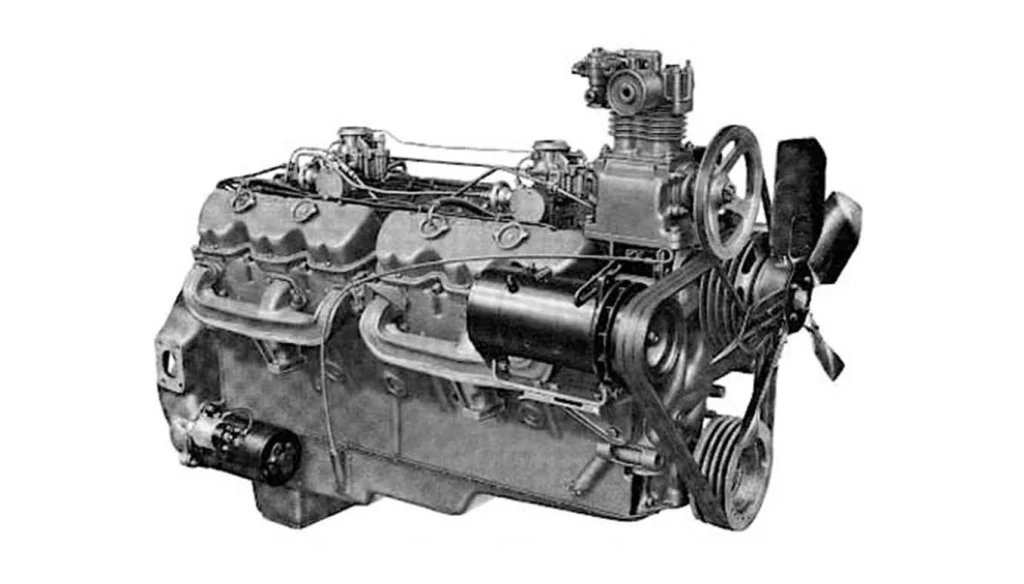
And to understand how this engine came to be, we need to first rewind the clock to 1960.
During this time, gasoline prices were dirt cheap, and EPA restrictions were nonexistent, meaning you could build massive gas-powered engines and use them without any issue at all.
And in 1960, GM introduced something rather strange for their heavy-duty truck customers: a 351ci V6 engine. But the thing is, GM knew they needed more.
They needed more cubes, they needed more cylinders, and they needed more power. It’s what their customers wanted, and it’s what they wanted to deliver.
So, they took the easiest development route you’ll ever hear of: they took that existing 351ci V6 engine and just doubled it in length, creating a 702ci or 11.5L V12 engine that GMC could market to their heavy-duty truck customers.
And this engine arrived just one short year after the introduction of the smaller V6 sibling.
Now it’s a pretty common joke that the V12 is simply two of these V6 engines welded together, but the truth is that the 11.5L V12 had its own unique block, cam, crankshaft, and oil pan.
That being said, the cylinder heads are the same V6 engine, but I’d like to note there is a difference in the heads between the over-the-road truck engines and the stationary engines.
In total, around 60 different parts are interchangeable between the aforementioned 351ci V6 and the 702ci Twin-Six V12.
And just as an interesting side note, the crankshaft for this thing came in at 180 lbs. The crankshaft quite literally weighs more than some small modern engines do when assembled.
But honestly, that weight isn’t too surprising when you consider the ridiculous length of this engine at 4.2 feet long.
To call this thing big would be an understatement.
And even more ridiculous is the fully assembled weight at 1500 lbs, including the intake and exhaust systems. But, for the application base GM was targeting with this engine, weight almost doesn’t matter.
It was really designed for semi trucks, missile transporters, and other large trucks. It was also used in fire trucks, airport tow vehicles, and as stationary power units.
For those applications, there is very little benefit to using a lightweight engine, especially if it compromises long-term reliability in any way.
That being said, the absurd weight and size of this engine did present some fitment and packaging problems, depending on the application.
Built for Commercial Use
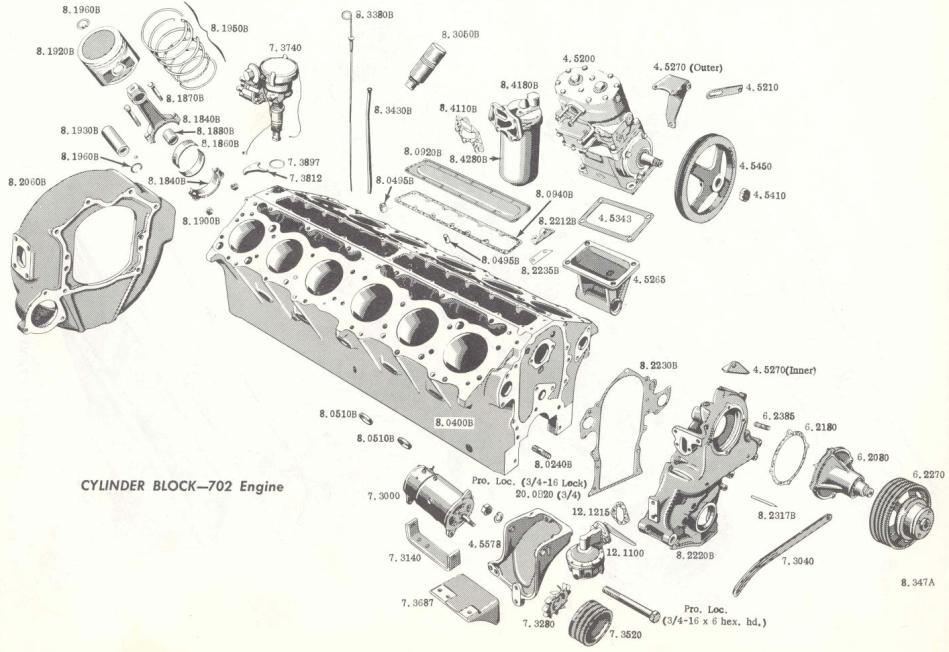
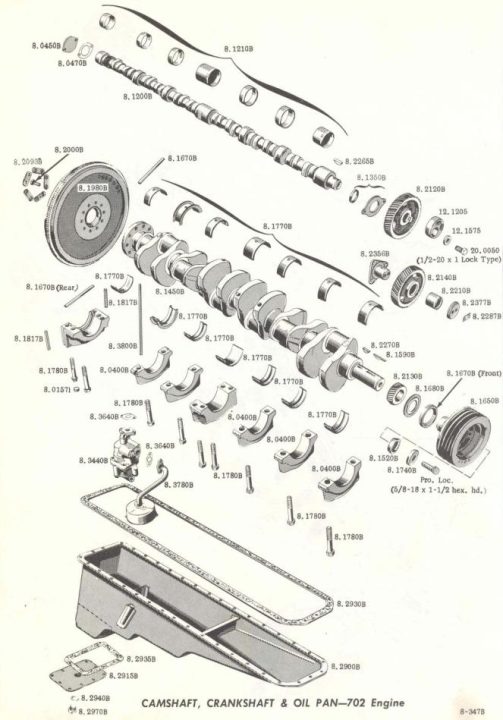
And because this engine was built for commercial applications, it has some interesting features that you might not expect.
For one, the oiling system holds a ridiculous 4 gallons of oil, with some parts, like the hydraulic lifters running in an oil bath.
For the cooling system, the water pump on this engine was extremely powerful at the time, delivering nearly 120 gallons per minute of flow.
And as I’ll explain a little later in the article, that massive water pump flow was a pretty big selling feature for this engine.
To improve cooling, the bore spacing is oversized, and the coolant flow throughout the entire engine is controlled by three thermostats.
And some other interesting facts; the wrist pins, which are the pins that connect the piston and connecting rod. They’re a whopping 1.24-inch diameter.
For each piston, there were then four piston rings: three compression rings and one oil ring. On the ignition side of things, there were two distributor caps running off a single distributor drive.
And you might think for such a massive V12 engine that, the power output would be crazy. And you’d be right. It is crazy, crazy low compared to modern commercial engines.
GMC rated the twin-six engine at 275 hp at 2400rpm and 630 lb-ft of torque.
On the bright side, though, the torque figure arrives just off idle, at only 1600 rpm, giving you lots of usable power throughout the entire rev range.
So, yes, the power output is pretty low and bad by today’s standards, but they’re pretty good for the 1960s, and you have to remember that around this time, diesel started to take over as the preferred engine type for commercial trucks.
So this was really GM’s last attempt at stopping the diesel takeover by showing the world that giant gas engines were completely viable.
And part of seeing success with commercial trucks is offering an engine that has minimal downtime. The second your truck stops working, you start losing money.
And according to GMC, the twin-six engine could remain in service for at least 15,000 miles with only minor maintenance.
On top of that, it was claimed to be good for 200,000 miles without a major overhaul.
And as I mentioned earlier, it wasn’t just semi-trucks that this engine was targeting. Here we have an ad from GMC back in the day advertising a GMC firetruck powered by the twin-six V12 engine, and the ad specifically mentions how this engine could pump water at the lowest possible cost, making it quite an attractive option for fire stations that needed new trucks.
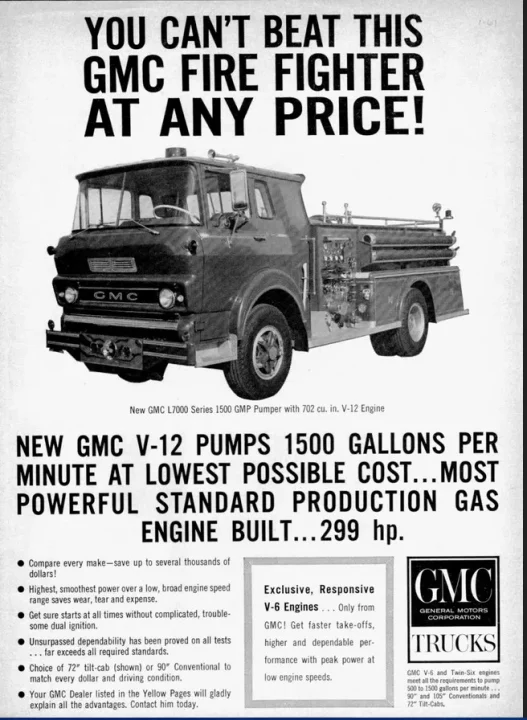
Plus, some farmers pressed them into service driving irrigation pumps, again, because of the low cost of using this engine was a giant pump.
In some stationary applications, the Twin Six V12 has been known to last the equivalent of up to 23 years of continuous running time.
And it’s even rumored that some are still in use in the American Southwest.
The Thunder V12

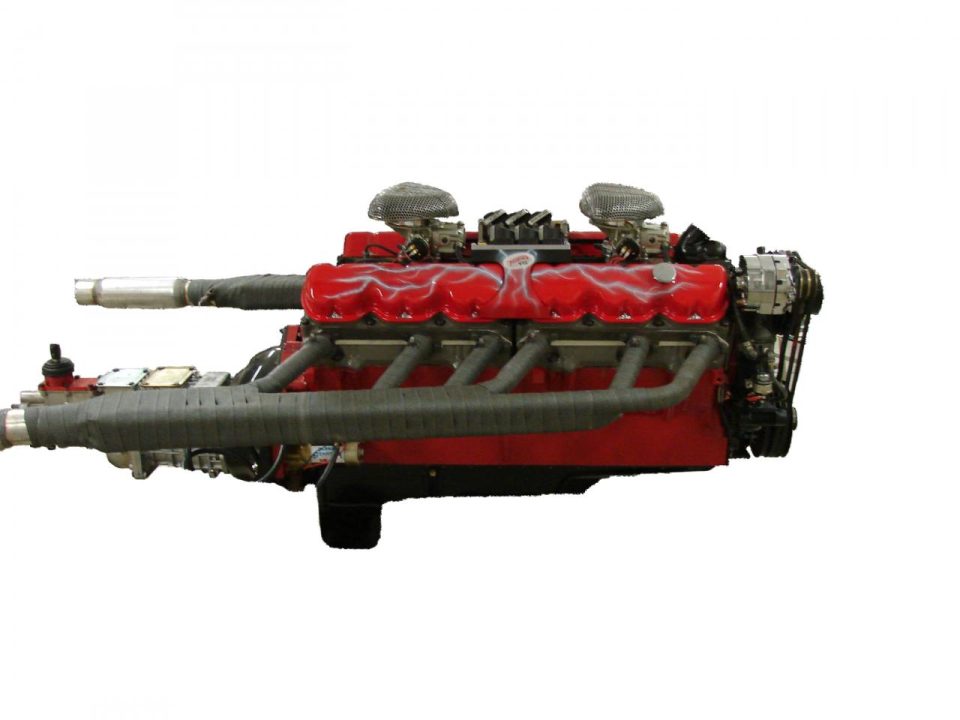


But for those who want to know what this giant V12 is possible of, let’s take a look at the Thunder V12.
Now this small company is doing something that literally no other company is doing: they’re rebuilding and modifying Twin-Six V12 engines.
But there’s only one problem with this: GMC only produced around 5,000 of these engines, making them incredibly rare.
Couple that with the fact that there are virtually no parts available for this engine, and you end up with a very small pool of engines you can work with.
According to Thunder V12, it’s likely that under 200 of these engines exist in complete form, with many of them being virtually useless as anything other than a spare parts engine.
But, the aim of this company isn’t just to rebuild twin-six V12 engines but rather to modify them into Thunder V12 engines.
Some of the modifications of this engine include a modified ignition system that isn’t old as dinosaurs, a custom ground camshaft, an upgraded valve train, an increased compression ratio, a much better starter, and this company even makes bell housings that allow you to bolt this engine to a more modern transmission.
With all of these modifications, Thunder V12 is able to make a bold claim: the most powerful automotive-based naturally aspirated engine between 2k and 3k RPM under $35,000.
God, it sounds like one of those stupid ESPN stats that’s hyper-specific for no reason.
On a more serious note, these Thunder V12 engines are pretty powerful at 425hp at 4,200RPM and 630lb-ft of torque at 1800rpm, and they even claim that power can be roughly doubled, at least in theory, with the right modifications to the heads and a larger camshaft.
Of course, hunting down these rare engines, buying them, and then carefully inspecting each one to figure out if it’s suitable to turn into a Thunder V12 isn’t exactly a cheap operation, pricing the Thunder V12 engine at around $25,000.
But that price really isn’t that bad considering you’re getting a very rare and unique engine, and if it’s something you plan on swapping into a hot rod, you’re sure to have a show stopper on your hands.
Summary
And as I mentioned earlier in the article, diesel engines were becoming popular around the time GMC introduced this engine, and kind of predictably, when they discontinued this engine in 1965, its successor had fewer cylinders.
The replacement was a 60-degree, 637-cubic-inch V8 with the same bore and stroke as the Twin-Six engine, and supposedly the V8 engine was cheaper to produce, cheaper to sell, and easier to package in over-the-road application or stationary applications.
After the big V12 ran out of production, the writing was on the wall for gas-powered commercial trucks.
But, at 11.5L, the GMC Twin-Six V12 remains one of the largest gas engines that ever powered a road-going vehicle, and we’ll probably never see a giant dinosaur like it again.
Disclosure: As an Amazon Associate, I earn from qualifying purchases made through links on this website.
